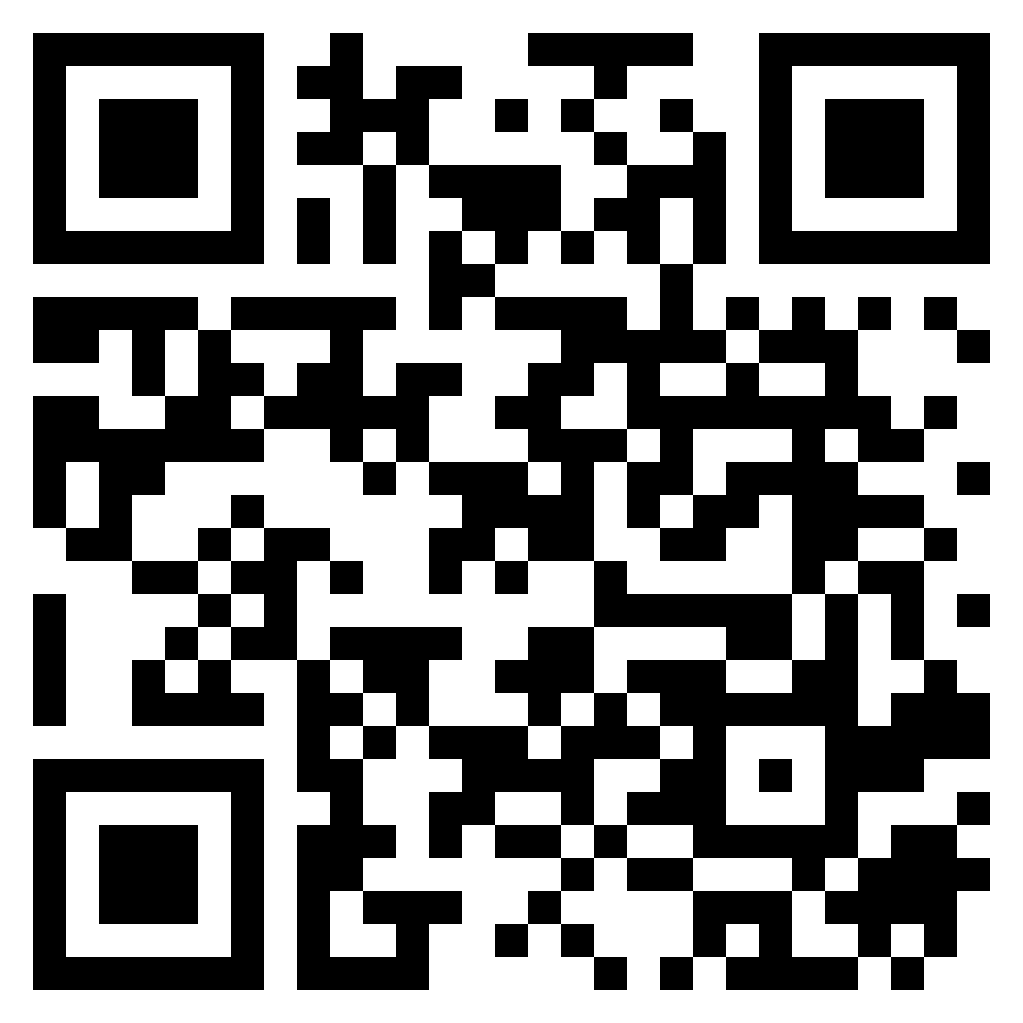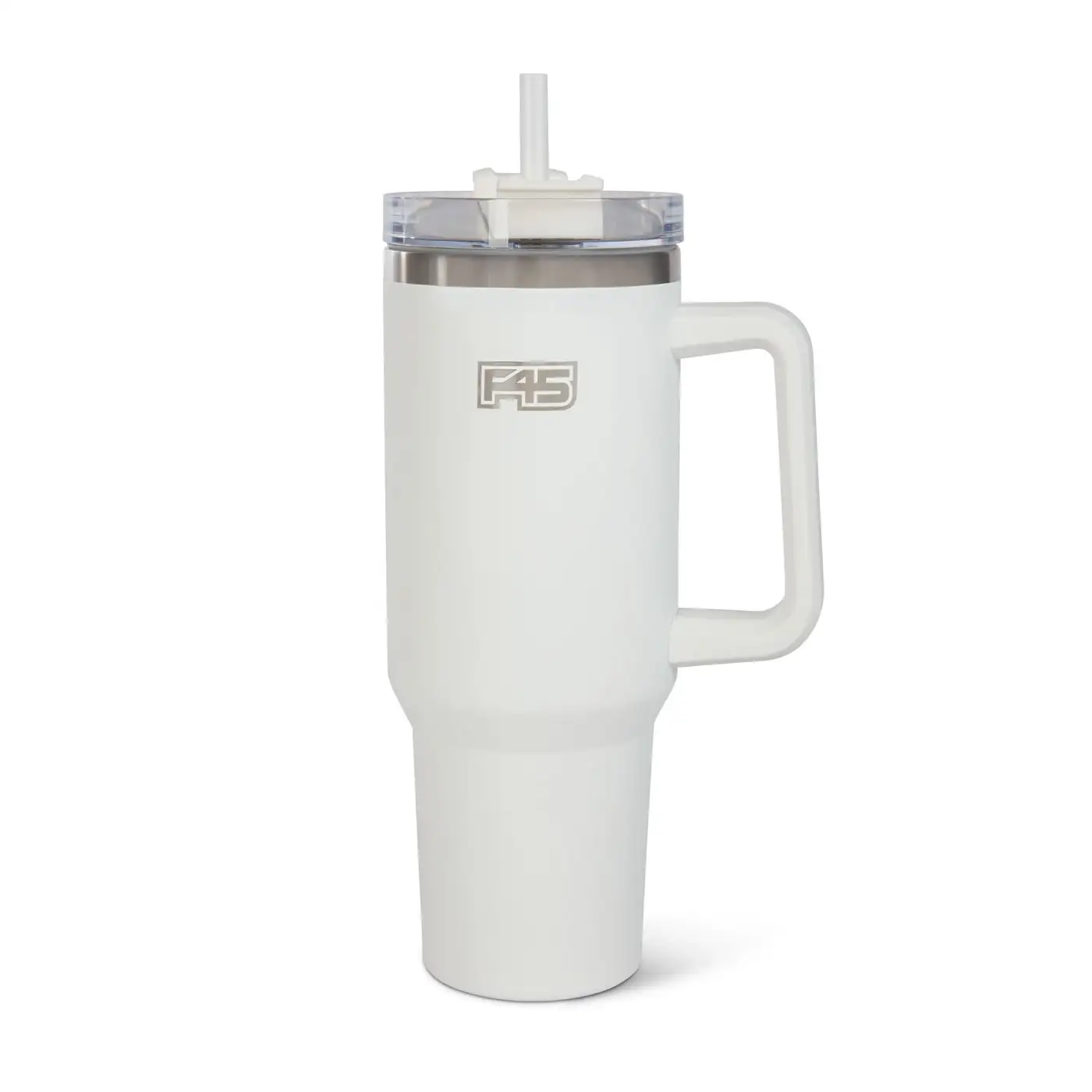Ashleigh Kidd, RD, LDN | 07-15-2022

What is mindful eating?
Mindful eating has been talked about more and more over the last few years (and for good reason!). But what exactly is mindful eating? In a nutshell, it’s a way of eating that focuses on our awareness and experience of the food we’re eating. Practicing mindfulness can not only help us get in tune with our hunger and fullness cues but it has also been found to increase our overall level of food satisfaction because we are eating foods that are enjoyable and nourishing to us.
Why mindful eating?
A few benefits of practicing mindfulness around our food choices include:
- Decreased food guilt
- Increased consumption of nourishing and nutrient dense foods
- Less overeating (and binging)
- Less under-eating
- Increased confidence around food (i.e. saying saying yes/no to foods without guilt or pressure)
- Learning to identify your hunger and fullness cues
- Increased enjoyment and pleasure at meal times

Where to start?
- Minimize distractions
- Putting your phone down. Minimizing the eating and scrolling habit.
- Eating at the table instead of in-front of the TV
- Leaving your desk at meal times
- Ask yourself, ‘what sounds good and what will make you FEEL good’?
- For example, if you’re wanting fruit, but you know you won’t be eating a meal for a while, honor your hunger by enjoying a piece of fruit, but add some fat and/or protein like nuts or cheese beside it to keep you satisfied and feeling good until your next meal.
- Avoid skipping meals and aim for balance at most meals (i.e. protein, fats, AND carbohydrates). It’s difficult to eat mindfully when we’re under-fueled or feeling ravenous.
- Assess your hunger/fullness before, in the middle, and after your meal (see hunger scale below)
- Reflect on your meal time
- How do you feel physically and mentally after your meal? Did you eat enough? Are you satisfied with your food choice? Did you eat past fullness? If so, were you distracted? Did you feel like you had to clean your plate? or was the food just that yummy and you consciously decided to eat past fullness?
- Reflection can help you identify where you can bring more awareness to your meal and you can bring this knowledge to your next meal! Don’t beat yourself up if you ate past fullness, or maybe didn’t eat enough so you overate later in the day. Instead, use this experience as a chance to learn.
Hunger and Fullness Scale
Overly Hungry
1. Painfully hungry, dizzy, weak
2. Very hungry, low energy, headache
Hunger/Fullness Sweet Spot (this is where we aim to be!)
3. Hungry, stomach growling, ready to eat
4. Starting to feel hungry
5. Neutral, not hungry or full
6. Slightly full, no longer hungry
7. Satisfied but comfortable
Overly Full
8. Slightly uncomfortable, full
9. Uncomfortably full
10. So full that you feel sick, in pain
Remember that mindful eating doesn’t happen overnight. It can be difficult to slow down at meal times and learn to listen to our bodies when we have been so used to rushing from one task or event to another, leaving a few minutes to grab something, put it in our mouth, and keep pushing forward. Show yourself some kindness and patience and aim to implement just one step at a time.











